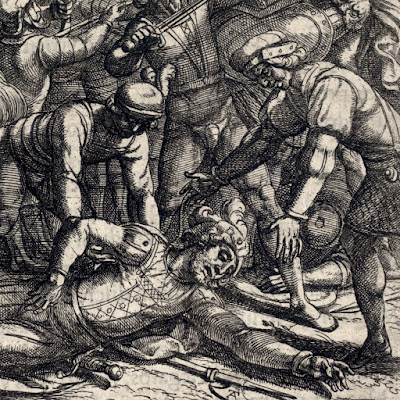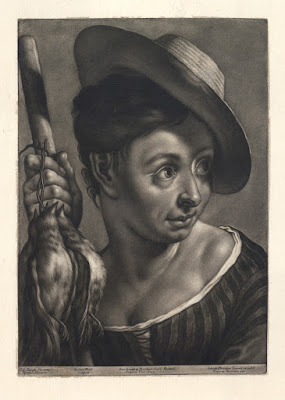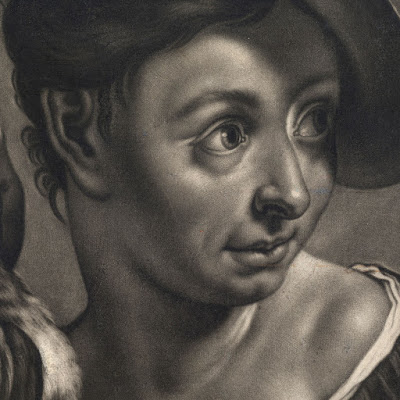Henry
Wolf (1852–1916)
“Fuerst Otto von Bismarck in the Uniform of the Halberstaedter Cuirassiers”,
c1898, after the Franz von Lenbach’s painting, “Bismarck in halberstädter
Kürassieruniform”, 1890 (see Von Lenbach’s portrait at: https://commons.wikimedia.org/wiki/File:Franz_von_Lenbach_-_Bismarck_in_halberst%C3%A4dter_K%C3%BCrassieruniform_(1890).jpg)
Wood engraving proof on tissue-thin Japan paper that is backed with
a support sheet, signed in pencil by the artist in the margin at lower right
and signed on the plate at lower left.
Size: (sheet) 26.8 x 21.5 cm; (plate) 16.8 x 12.5 cm
Condition: faultless proof impression signed by the artist in
pencil and on the plate. The sheet is in near pristine condition
(i.e. there are no tears, holes, folds, abrasions, stains or foxing, but the
upper edge is lightly toned) and is backed with a support sheet of archival (millennium quality) washi paper so that the delicate print can be handled.
I am selling this marvellous example of Wolf’s outstanding skill
as a wood engraver—I would like to say “unbelievable skill” but the evidence is
in this print that he could inscribe such incredibly fine lines that need
magnification to be seen!—for the total cost of AU$125 (currently US$94.25/EUR78.05/GBP68.57
at the time of posting this) including postage and handling to anywhere in the
world.
If you are interested in purchasing this outstanding wood engraving from
the late 19th century, please contact me
(oz_jim@printsandprinciples.com) and I will send you a PayPal invoice to make
the payment easy.
This print has been sold
This wood-engraving with its ultrafine linework is a superb
example of the almost unbelievable level of skilled craftsmanship and
discipline that was attained at the end of the 19th century. In some
ways the ambition of wood engravers like Henry Wolf was simple: they wished to
reproduce the focal clarity and seamless tonal gradations of a photograph
before the commercial reproduction of photographs was possible. Sadly, the
window of time when their dedication to reproducing photographs in hand-cut lines and dots suitable for publication was very brief. In short, advances in
photolithography and photogravure brought the commercial viability of this process to an end.
Unlike wood engravings executed by the old masters like Durer, the
technique employed here is slightly different even though the process is still fundamentally
a hand-cut wood engraving. The critical difference is that the image to be cut
is not drawn on the end-grain of the wood block. Instead, the design to be cut
is actually a photograph printed onto the end-grain of the block treated with a
light-sensitive emulsion. The advantage of using a photograph as a guide is
that the tones to be reproduced in line are all laid out for graphic
translation.
If my explanation is cloudy, I strongly recommend reading Richard
Benson’s (2008) account on page 214 in his book that should be in every print
collector’s library: “The Printed Picture” (Museum of Modern Art, New York).






















































